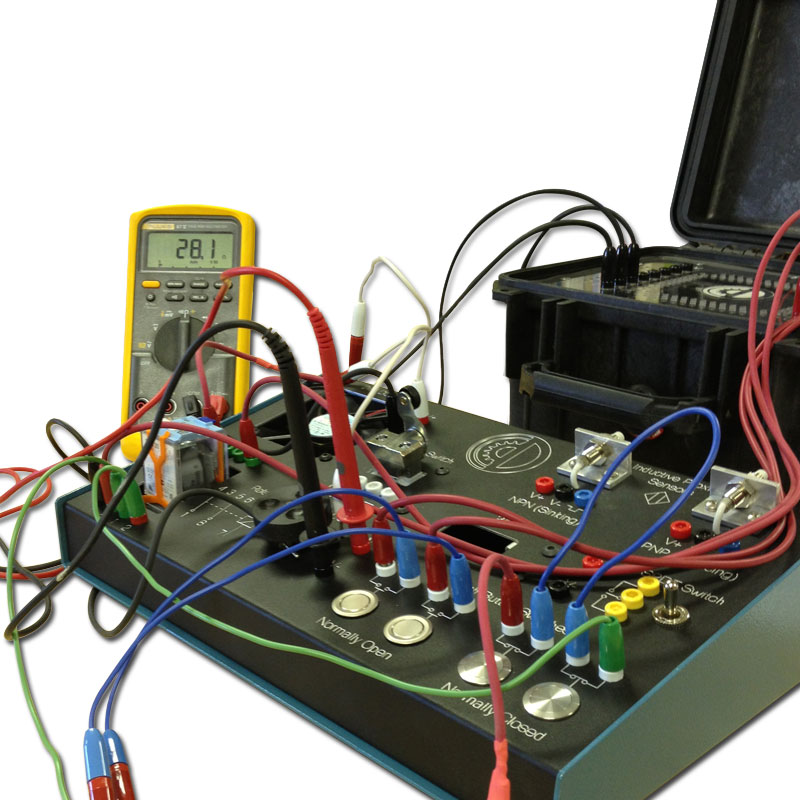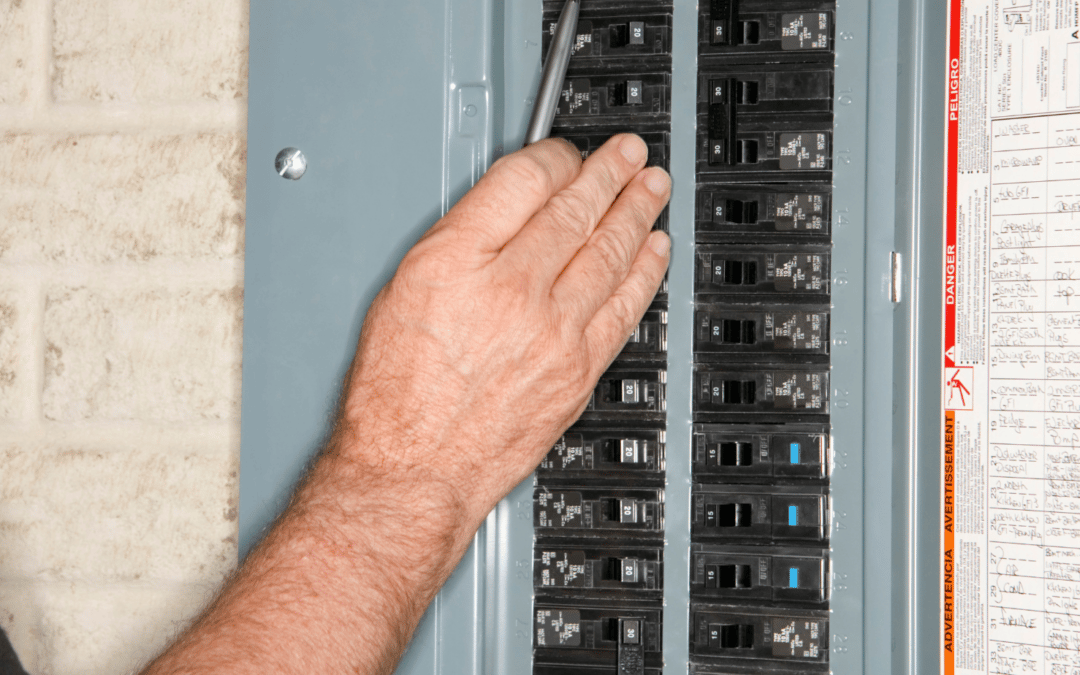Expert technical support for electrical industry projects.
Expert technical support for electrical industry projects.
Blog Article
Leading Tips for Effective Electrical System Troubleshooting
Fixing electric systems requires a systematic strategy, grounded in a thorough understanding of electrical principles and safety protocols. The subtleties of reliable troubleshooting extend past plain technological expertise; recognizing just how to record searchings for and focus on safety and security can dramatically affect end results.
Understand the Essentials
Recognizing the fundamentals of electrical systems is necessary for efficient troubleshooting, as a solid foundation allows specialists to diagnose and deal with issues more successfully. A thorough understanding of electrical principles, such as voltage, current, resistance, and power, is critical in determining the source of problems. Voltage is the electrical potential difference that drives existing via a circuit, while resistance opposes the flow of present, impacting the overall capability of the system.
Knowledge with circuit elements, including resistors, capacitors, diodes, and switches, is additionally extremely important. Each element plays a distinctive duty in circuit habits and can impact performance when malfunctioning. In addition, comprehending series and parallel circuit arrangements is important, as these setups affect the distribution of voltage and existing within the system.
Additionally, knowledge of safety and security protocols is indispensable. Professionals should be mindful of prospective threats, such as shock and short circuits, to apply safe troubleshooting methods. By understanding these foundational principles, technicians improve their capacity to conduct efficient diagnostics and fixings, ultimately causing boosted performance and dependability of electrical systems. This fundamental knowledge is the foundation of effective troubleshooting ventures.
Gather Necessary Tools
Effective troubleshooting of electrical systems needs the best set of tools to diagnose and fix problems precisely. A well-appointed specialist can considerably enhance efficiency and performance in recognizing troubles. Necessary devices consist of a multimeter, which determines voltage, current, and resistance, enabling precise evaluations of electrical parts. Secure meters are additionally beneficial for measuring present without detaching the circuit, making certain safety and security and benefit.
In addition, insulated hand devices such as screwdrivers, pliers, and cord pole dancers are important for safely manipulating electric connections. It is additionally suggested to have a circuit tester accessible to validate the visibility of voltage in electrical outlets and cords. For more complex systems, a thermal imaging camera can help find overheating parts, indicating potential failings.

Follow a Methodical Method
Having collected the proper devices, the following action in troubleshooting electric systems is to comply with an organized approach. A methodical method makes sure that technicians can identify mistakes effectively and precisely, reducing downtime and avoiding unnecessary repair work.
Begin by examining the system's schematic representations and specifications. This entails checking each component methodically, starting from the power resource and working towards the lots.
Use testing tools, such as multimeters and oscilloscopes, to gather unbiased information about voltage, existing, and resistance at different factors within the system. This Site This empirical evidence will lead your troubleshooting initiatives and help to validate or get rid of prospective causes of failing.
Furthermore, consider ecological aspects that may affect the system's performance, such as temperature level fluctuations or dampness ingress. A thorough assessment of wiring, links, and components will certainly ensure that all opportunities are accounted for.
Paper Your Findings
Thorough documents is important in the troubleshooting procedure of electrical systems. Precise documents enhance the performance of determining repeating issues and promote communication amongst employee. Each finding should be thoroughly noted, consisting of signs and symptoms observed, tests conducted, and the end results of those examinations. electrical system troubleshooting. This practice not only help in recognizing the root cause of the issue however additionally acts as a reference for future fixing initiatives.

Additionally, maintaining a log of components replaced or repair work carried out is important. This information sustains stock administration and can help analyze the durability and dependability of particular components.
Ultimately, the documentation procedure need to be complete yet concise, making it possible for simple retrieval and testimonial - electrical system troubleshooting. By prioritizing detailed documents, service technicians can create a beneficial understanding base that not only aids in existing troubleshooting however also equips future maintenance efforts, thereby enhancing overall system integrity

Prioritize Safety Procedures
Recognizing the integral risks connected with electrical systems is critical for making sure safety during troubleshooting. visit this web-site Electric shock, burns, and tools damages are simply a few of the prospective hazards that service technicians face. Prioritizing precaution is not only a lawful commitment but likewise an ethical vital that safeguards both the professional and the surrounding environment.
Before beginning any kind of troubleshooting job, technicians ought to put on proper individual safety tools (PPE), including insulated gloves, security glasses, and flame-resistant garments. Making certain that the workspace is completely dry and devoid of clutter can considerably minimize the threat of crashes. In addition, it is necessary to de-energize circuits before beginning any i loved this type of work, verifying that they are not endure making use of a multimeter or voltage tester.
Developing clear interaction procedures with team members is also vital; this ensures that everyone understands potential hazards and the standing of the electric system being worked with. Lastly, having an emergency response strategy in area can verify vital in the occasion of an event. By focusing on precaution, technicians can effectively minimize threats and promote a safer workplace.
Verdict
Effective electrical system repairing relies on a thorough understanding of fundamental principles and a systematic strategy. Prioritizing security actions ensures the wellness of people entailed and the integrity of the electrical system.
Report this page